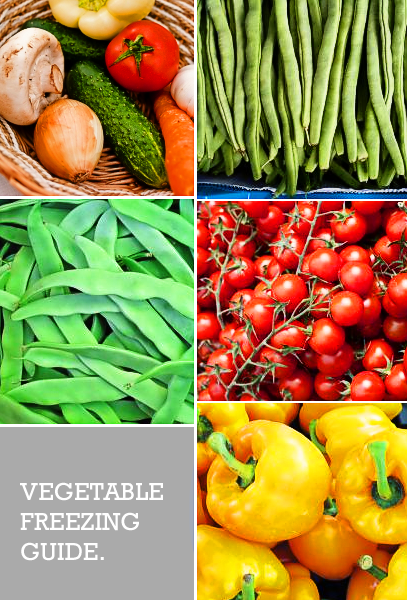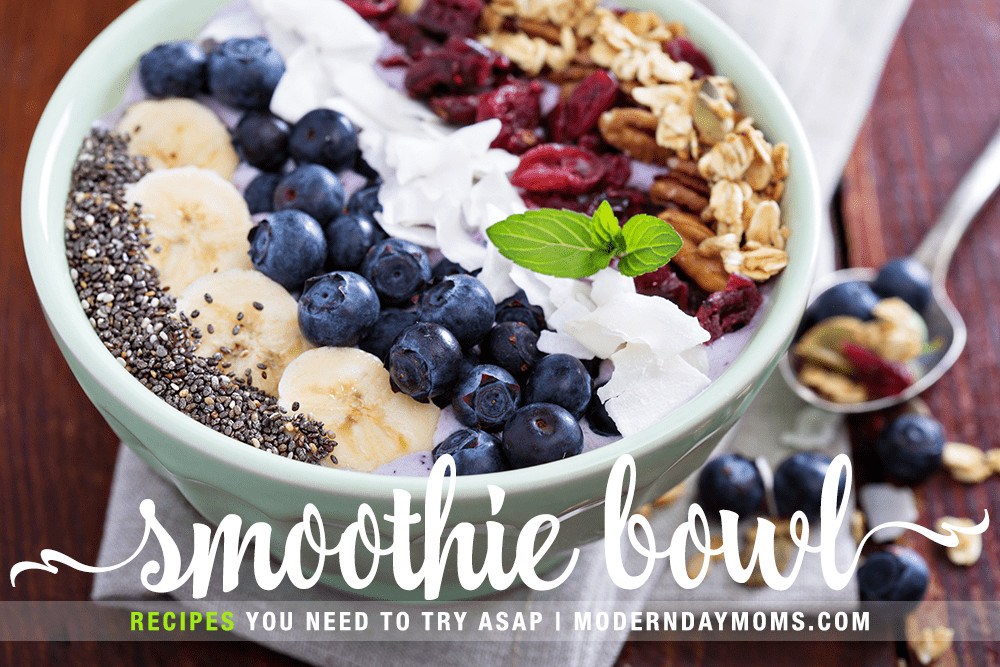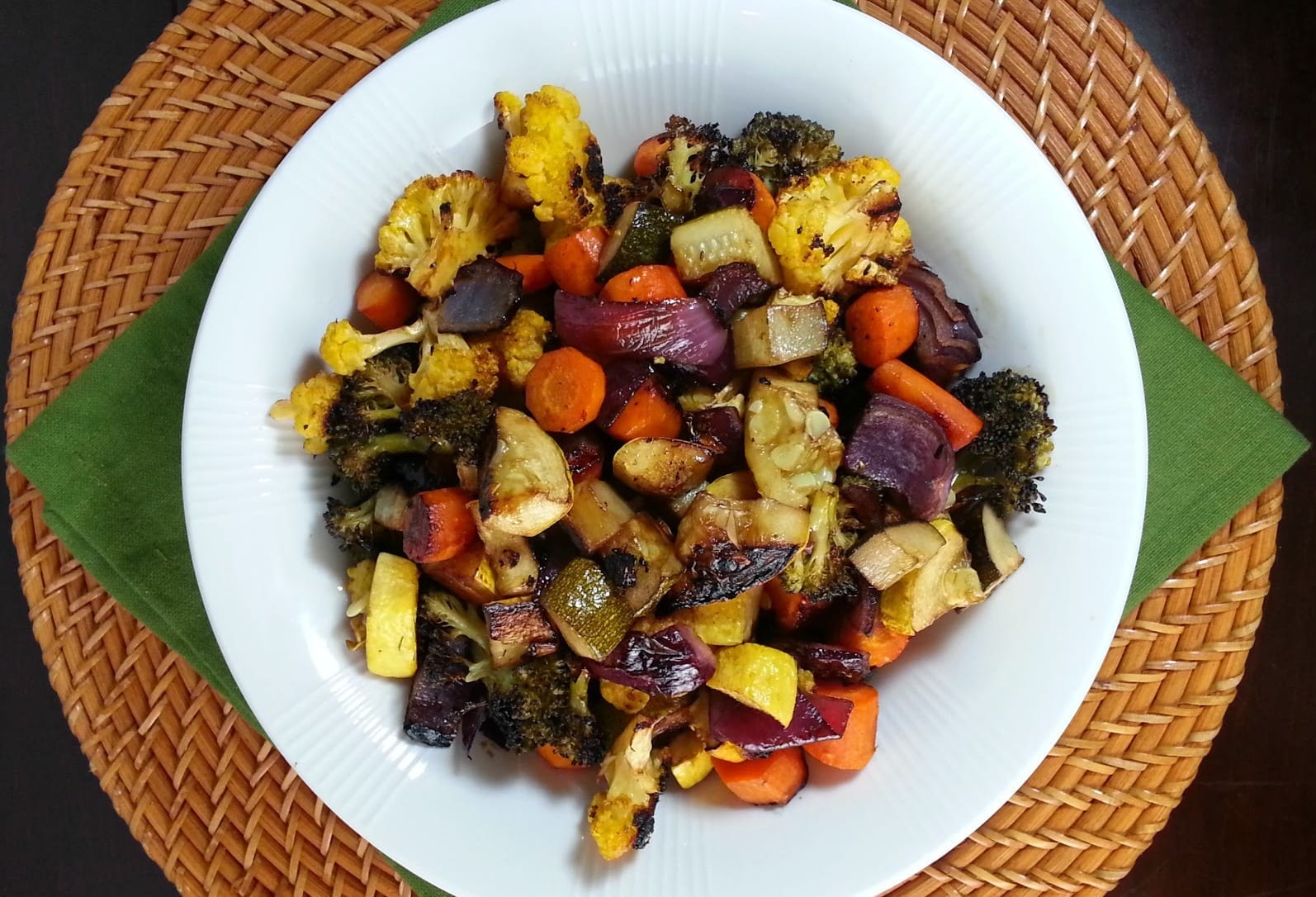This past week, a friend of mine came over bearing gifts… not just any gift, she brought over a huge basket full of organic fruits & vegetables fresh from the farmer’s market. SCORE!
I spent the next hour looking at the beautiful fruits and vegetables. There were strawberries, eggplant, green beans, celery, beets, green onions, tomatoes, zucchini, squash, bell pepper and sweet hungarian peppers.
Now what?
I decided to prep them, blanch them and store them in the freezer. I left out a few things that I knew I’d use for the next week but I had just gone to the store and knew that I wouldn’t eat all the produce before it went bad.
Here’s the details…

Some vegetable varieties do freeze better than others, and it’s almost always best to use the youngest and most tender of your crop. Here are some basic instructions, along with preparation and freezing instructions for individual vegetables.
Most vegetables need to be blanched before freezing. Did you know that? Neither did I…
Blanching
Blanching is an important step. The enzymes which cause vegetables to lose color and flavor will continue even after the vegetables are frozen. Blanching stops these enzymes. Most vegetables are blanched in boiling water, but steam works well with a few. There are exceptions; some vegetables must be fully cooked and a few can be frozen raw and unblanched.
Blanching in Boiling Water
Fill a large kettle with 1 gallon of water or more; bring water to a brisk boil. Blanch no more than 1 pound of vegetables per 1 gallon of water at a time. Use a basket, strainer or cheesecloth (bundle a pound or less of vegetables in the cheesecloth) to submerge vegetables in the boiling water. If the water doesn’t return to a boil in about 1 minute, use a smaller amount the next batch. Cover the pot and boil for the specified time (see individual vegetables, below) then remove quickly and submerge a large bowl or deep pot of water and ice to cool quickly and stop the cooking. When vegetables are thoroughly chilled, remove, drain and pat dry. Keep chilled in the refrigerator if they will not be packed immediately.
Blanching in Steam
Use a large kettle with a rack. It should hold the vegetables over about 1 1/2 to 2 inches of water. Bring the water to a boil, put vegetables in the basket in a single layer. Cover the kettle and keep the heat high for the specified amount of time. Remove to ice water immediately; chill thoroughly, drain and pat dry. Keep chilled in the refrigerator if they will not be packed immediately.
Packing
You can pack the chilled vegetables right in the containers, but dry packing will help to prevent clumping and make it easier to use small amounts from containers. Arrange blanched, chilled vegetables on a baking sheet or tray in a single layer. Freeze at -20 F., or as quickly as your freezer will allow. Once frozen, pack in freezer containers or bags.
Common Vegetables To Freeze
Asparagus
Preparation: Wash well; cut off tough part of stalks. Leave as spears or cut in 1-inch pieces.
Blanching Time: Boil thin stalks 2 minutes, medium stalks 3 minutes and thick stalks 4 minutes.
Pack: Leave about 1/2-inch of headspace. For spears, alternate tips and ends down.
Green Beans and Wax Beans
Preparation: Snap ends off. Leave beans whole, cut into shorter lengths, or French-cut, which is similar to a julienne cut.
Blanching Time: Boil for 3 minutes.
Pack: Leave 1/2-inch of headspace.
Celery
Preparation: Celery can be frozen for use in cooked dishes. Wash, trim and strip coarse stems from young stalks. Cut in 1-inch pieces or chop.
Blanching Time: Blanch in boiling water. Boil for 3 minutes (2 minutes for small chopped pieces). Cool immediately and drain well.
Green Onions
Preparation: Peel and dice or slice.
Blanching Time: Blanching is not required. Onions are frozen raw.
Bell Peppers
Preparation: Blanching is not necessary, but makes packing easier. If you plan to use the peppers in raw dishes, don’t blanch. Wash peppers; cut out stems, white inner membrane and remove seeds. Halve or slice.
Blanching Time: Blanch in boiling water. Boil slices for 2 minutes, halves for 3 minutes. Cool immediately and drain.
Summer Squash (Zucchini, Yellow)
Preparation: Wash; cut off blossom and stem ends. Slice in 1-inch pieces.
Blanching Time: Blanch in boiling water for 3 minutes.
To see an entire list of different vegetables and the process involved, click here.
Cooking Frozen Vegetables
In general, it’s best to use as little water as possible, and cook until the vegetables are done to your satisfaction. It isn’t necessary to thaw frozen vegetables first, but you might want to thaw greens a bit to separate leaves.
For most frozen vegetables, use 1/2 cup of water for every 2 cups of vegetables.
Notable Exceptions:
Use 1 cup of water for every 2 cups of lima beans.
Corn on the cob should be cooked with enough water to cover completely.
Vegetable size can significantly shorten or lengthen cooking times. Here are some basic times:
Spinach — 3 to 4 minutes
Turnip greens — 15 to 20 minutes
Other greens — 10 to 12 minutes
Summer Squash or Zucchini — 8 to 12 minutes
Large lima beans, cut snap beans, broccoli, carrots, cauliflower, corn and peas — 3 to 10 minutes.
Source
Modern Day Moms
Modern Day Moms is an award-winning publication centered around motherhood that is real and unfiltered. Basically, we don't sugarcoat anything and aren't afraid to tell you the truth. Let's be best friends, we will make you feel more normal.





Leave a Comment